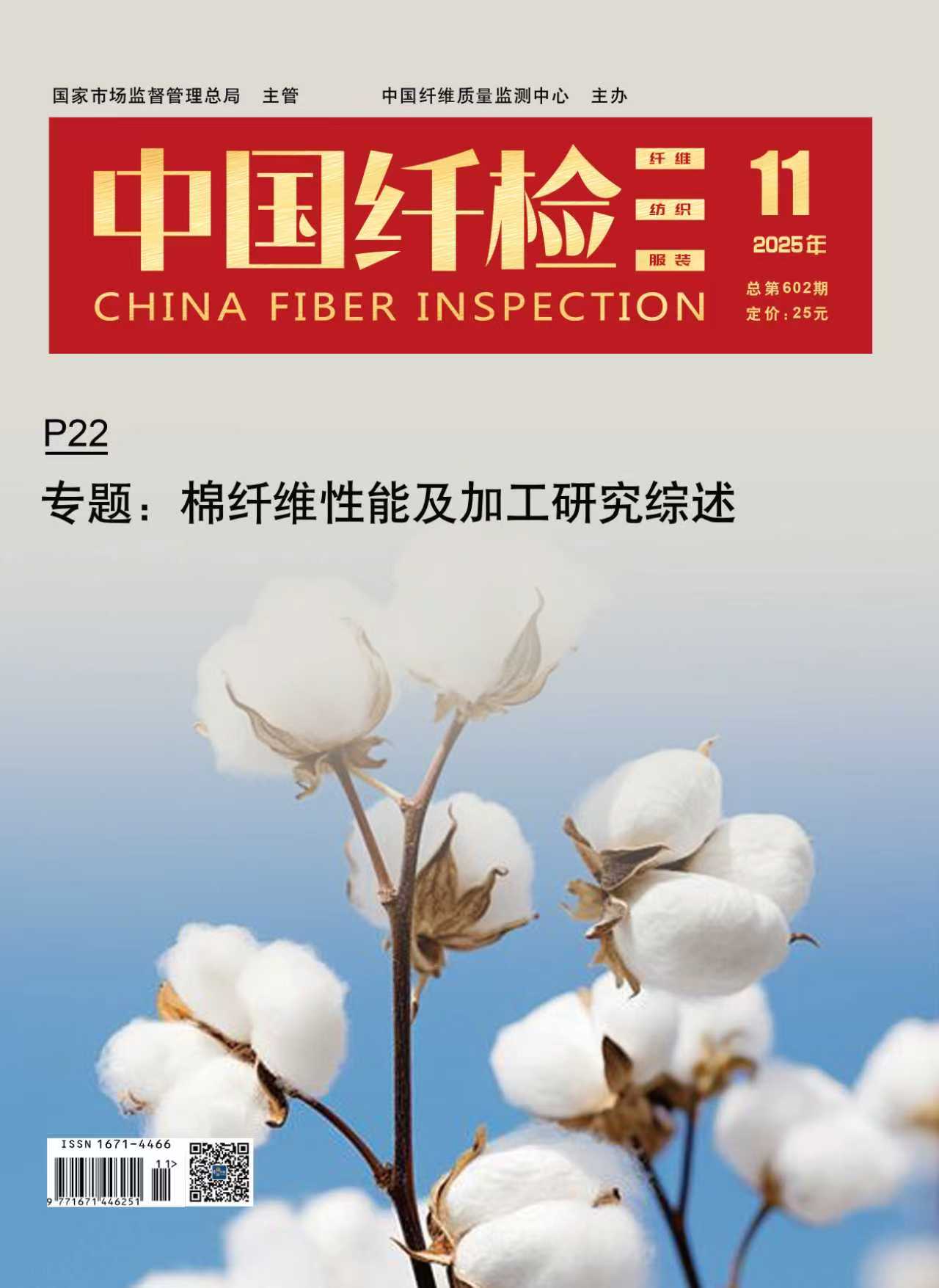Testing ∙ Technology
ZHANG Guihua, HUANG Xiaolu, NING Shuang, HUANG Tulan, FANG Jiahao
This paper deeply explores the feasibility and paths for smartphones to replace industrial cameras in achieving lightweight upgrades of quality inspection photography systems. Traditional quality inspection photography systems mostly use industrial cameras as core equipment, which meet the basic needs of quality inspection work with high-precision imaging and stable performance. The main processes include barcode collection, sample placement, shooting control, and image uploading. By comparing the differences between smartphones and industrial cameras in dimensions such as performance, cost, and operation, and combining with the actual needs of quality inspection work, this paper analyzes the role of smartphones in promoting the lightweight upgrade of quality inspection photography systems during the replacement of industrial cameras. Through paths such as reasonable equipment selection, software system construction, personnel training, and system testing and optimization, the transformation of quality inspection photography systems can be promoted, efficiency and quality can be improved, operational costs can be reduced, and the intelligent development of the quality inspection industry can be facilitated.
